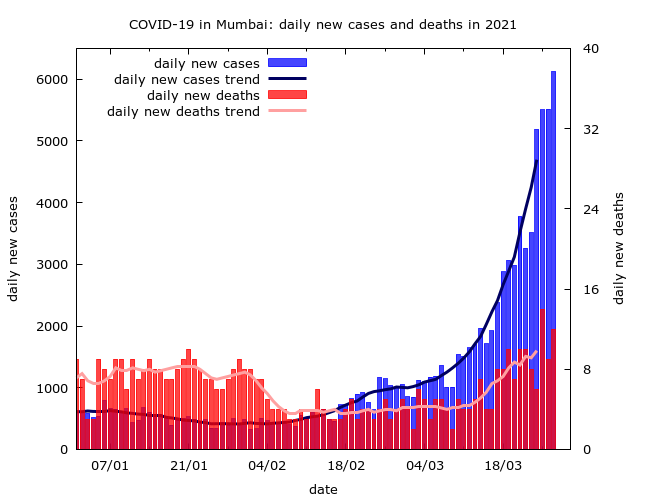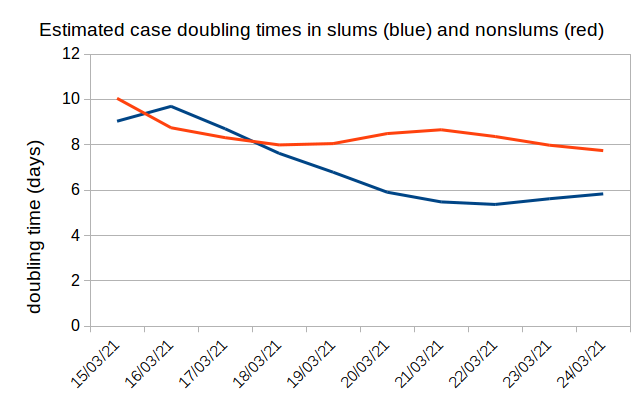
Herd immunity. It's surprising people are still being simplistic about this concept, even when the COVID-19 situation worldwide is so messy. In what way messy? Well:
- vaccines
- highly uneven spread (and vaccine coverage),
- movements of people, and
- variants.
So what?...
- vaccines
- highly uneven spread (and vaccine coverage),
- movements of people, and
- variants.
So what?...
We've also got much more real world data and experience. We've seen arguments using complicated models go wrong: e.g., "the HIT in practice should be much lower than the theoretical value". Contradicted by high prevalence in many places, even before the arrival of variants.
We've also seen wrong arguments based on simple models: e.g. "there should be no major new outbreaks once the theoretical HIT is reached". Definitely not true when you have uneven spread. Easily shown with a two compartment model. Possibly being seen in practice in some places.
So what about variants? If a more transmissible variant comes to dominate, it raises R0 (and the HIT) and can push a locality previously above the HIT back below again - even if it isn't an "immune escape" variant able to bypass immunity developed against previous variants.
And if an immune escape variant becomes widespread? There are then more susceptible people again - and this too can push a locality below the HIT. It's not all or nothing - prior infection by other variants likely reduces overall transmission of the new variant - but how much?
And what about vaccines? We know they reduce severe disease and very likely reduce transmission. But does 70% vaccine coverage = 70% immunity? Generally no, but we don't know how much it does mean. The answer likely depends on which vaccine + which variants are circulating.
So, right now there are lots of questions to which "don't know" is the correct answer. No doubt people will write down models which take some of the complexities into account. But in the meantime let's just accept that we're seeing something very complex play out.
Finally, a replug of this explainer. There are a few things I would add - especially about variants - if I wrote it now (I might do an update). But I think it's still useful.
science.thewire.in/health/india-c…
science.thewire.in/health/india-c…
• • •
Missing some Tweet in this thread? You can try to
force a refresh















